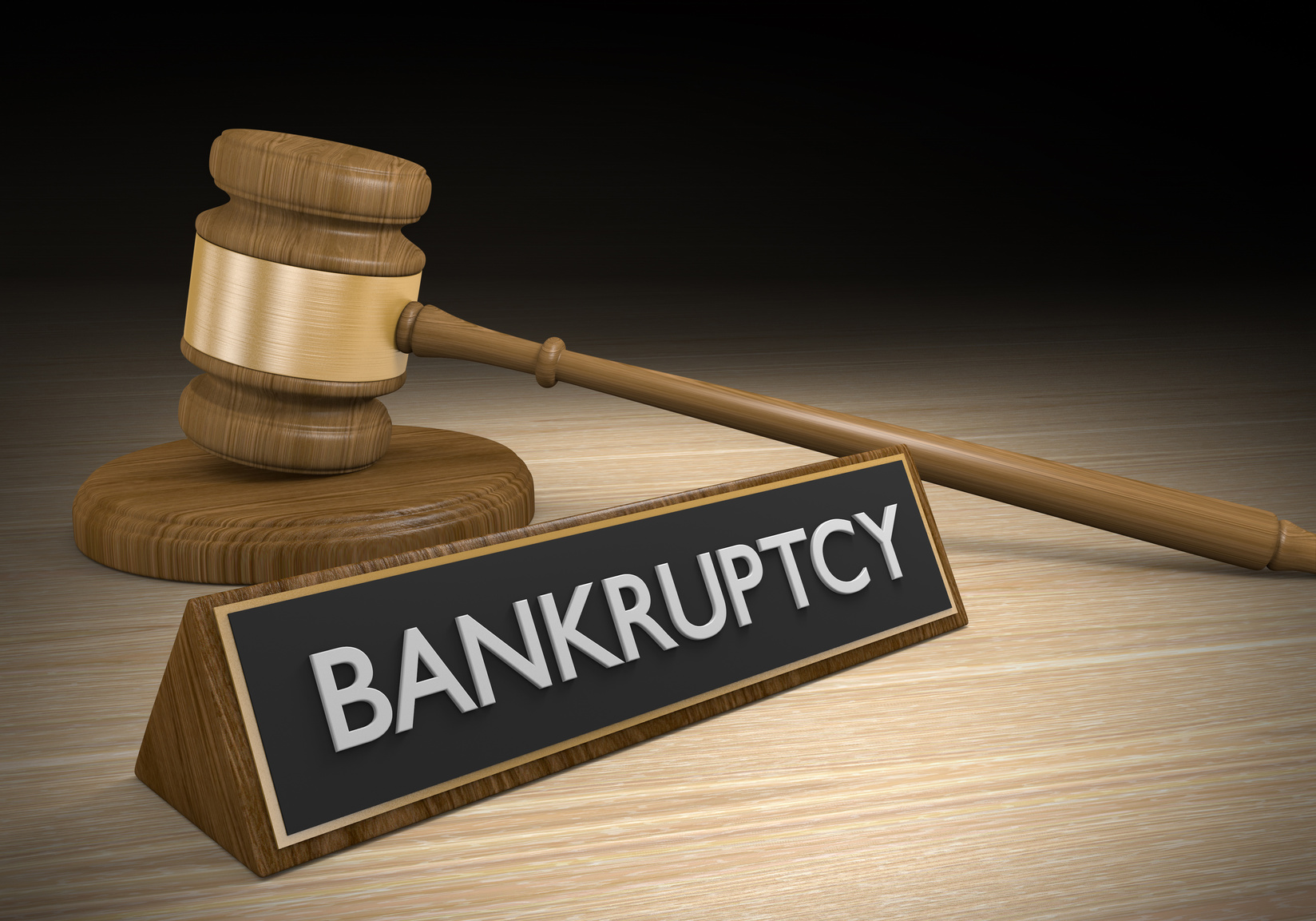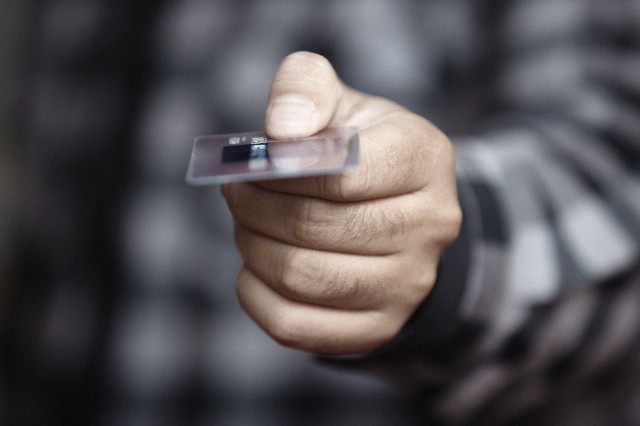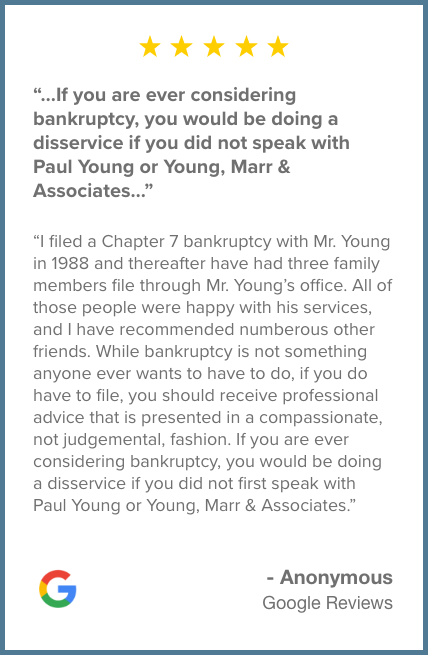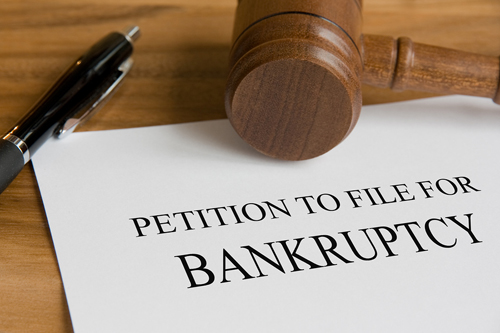Removing Bankruptcy From a Credit Report

In short, the answer to this question is yes. However, it is necessary to have a basic understanding of consumer bankruptcy and credit reporting in order to understand how consumer bankruptcy is erased from your record, and what to do if the record is not erased properly. In this article, we’ll discuss how long a Chapter 7 or Chapter 13 bankruptcy stays on your record, and what to do if you wish to dispute an error on your credit report.
How Chapter 7 and Chapter 13 Bankruptcy Work
First of all, what is consumer bankruptcy?
Put simply, consumer bankruptcy refers to a case which is filed in order to reduce or eliminate debts that are primarily consumer-related. Consumer debts are considered personal debts (e.g. medical bills), rather than business debts. The vast majority of consumer cases are categorized as either Chapter 7 or Chapter 13, with the better-known Chapter 11 category being reserved primarily for business entities.

Consumer bankruptcy is a powerful tool that can be used by an individual in order to relieve themselves of the stranglehold that certain creditors have against them (Chapter 7). It can also be used as a form of “reorganization” that allows the individual to determine all of his or her assets and liabilities and create a “payment line,” where each creditor lines up and is paid according to a certain schedule (Chapter 13).
The reason this is such a powerful tool for consumers is the discharge of debts that follow after the completion of a debt schedule. This discharge allows the debtor to have a fresh start where they are no longer considered “the debtor.” They become just like any other consumer in the functioning economic society.
Given the power of the tool of discharging one’s debt, there are certain ramifications which surround filing for bankruptcy. One of those ramifications is the impact on your credit report.
Does Bankruptcy Stay on Your Credit Report Forever?
There are three types of credit report bureaus:
- Equifax
- Experian
- TransUnion
These credit bureaus generate an individual’s FICO credit score, which is a number between 300 and 850. Credit reports given by these agencies include:
- Personal identification information
- Credit history
- Public records (tax liens, etc.)
- Inquiries, or lists of any credit grantors
The Fair Credit Reporting Act (FCRA) governs the fairness of an individual’s credit report. The FCRA is a government-run consumer reporting agency tasked with the accurate filing and maintenance of your credit information.
The FCRA requires that reporting agencies investigate any claim filed by a consumer who believes there is inaccurate information regarding their credit history. If the reporting agency fails to investigate or correct the record, it can be liable through (1) actual and punitive damages for “willful failure,” or (2) actual damages plus costs for negligence” (see FCRA 15 U.S.C. § 1681).
Getting back to the bankruptcy aspect of a credit report, a Chapter 7 or Chapter 13 bankruptcy claim will appear on a consumer’s credit report. If you file for Chapter 7 or Chapter 13, it will appear on your credit report for up to 10 years. However, certain loans and insurance policies require a bankruptcy filing to stay on your credit report for more than 10 years, depending on the size of the loan.
Although a bankruptcy claim will appear on a consumer’s credit report for up to 10 years (and possibly longer), the bankruptcy record from the court is deleted either seven or 10 years from the filing date of the claim. Chapter 13 is deleted seven years from the filing date, while Chapter 7 is erased 10 years after the filing date. The reason for this distinction is that Chapter 13 requires a partial repayment of the debts a consumer owes, while Chapter 7 generally does not require any of the debt to be repaid.
That being said, according to the FCRA, bankruptcy filings may not be reported for any longer than 10 years from the original filing date. For example, if you file for bankruptcy in August of 2007, then August 2017 is the final month in which your bankruptcy can be reported. It does not matter when the payment schedule or the discharge begins: the ten-year period is a straight line that begins to accrue after the date of filing.

What to Do if Your Consumer Report Contains Inaccurate Information
If, after obtaining your consumer report from one of the three credit agencies, you realize your credit report contains inaccurate information – or if the agency failed to eliminate your bankruptcy filing after the 10-year period – then you may file a claim with the FCRA.
To take advantage of all of your rights under the FCRA, be sure to carefully follow the steps outlined in this consumer information guide supplied by the Federal Trade Commission (FTC). This will help you when contacting a credit reporting agency and the information provider (the person or business that provides one of the three credit bureaus with information about paid or delinquent debts).
There are two critical components of the process:
- Tell the credit reporting company what information you believe is inaccurate. This can be done using a dispute letter. After the filing of the dispute letter, credit-reporting companies will investigate the claim.
- Tell the information provider that you disputed an item in your credit report. The information provider has the power to also contact the reporting company and rescind or redact an inaccurate claim.
If you’re thinking about filing for bankruptcy in Pennsylvania or New Jersey, it’s important to work with a skilled and experienced attorney. The legal process is notoriously complex, particularly in light of legislative changes made by the Bankruptcy Abuse Prevention and Consumer Protection Act of 2005. To set up a free, completely confidential legal consultation, call the Philadelphia bankruptcy lawyers of Young, Marr, Mallis & Associates at (609) 755-3115 in New Jersey or (215) 701-6519 in Pennsylvania today.






























